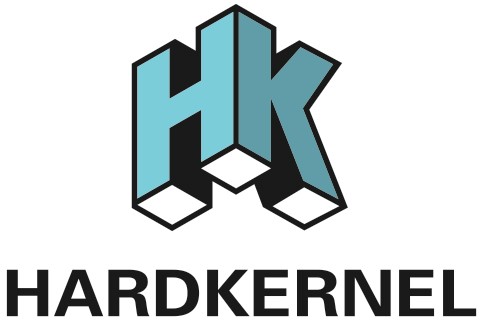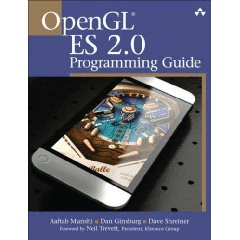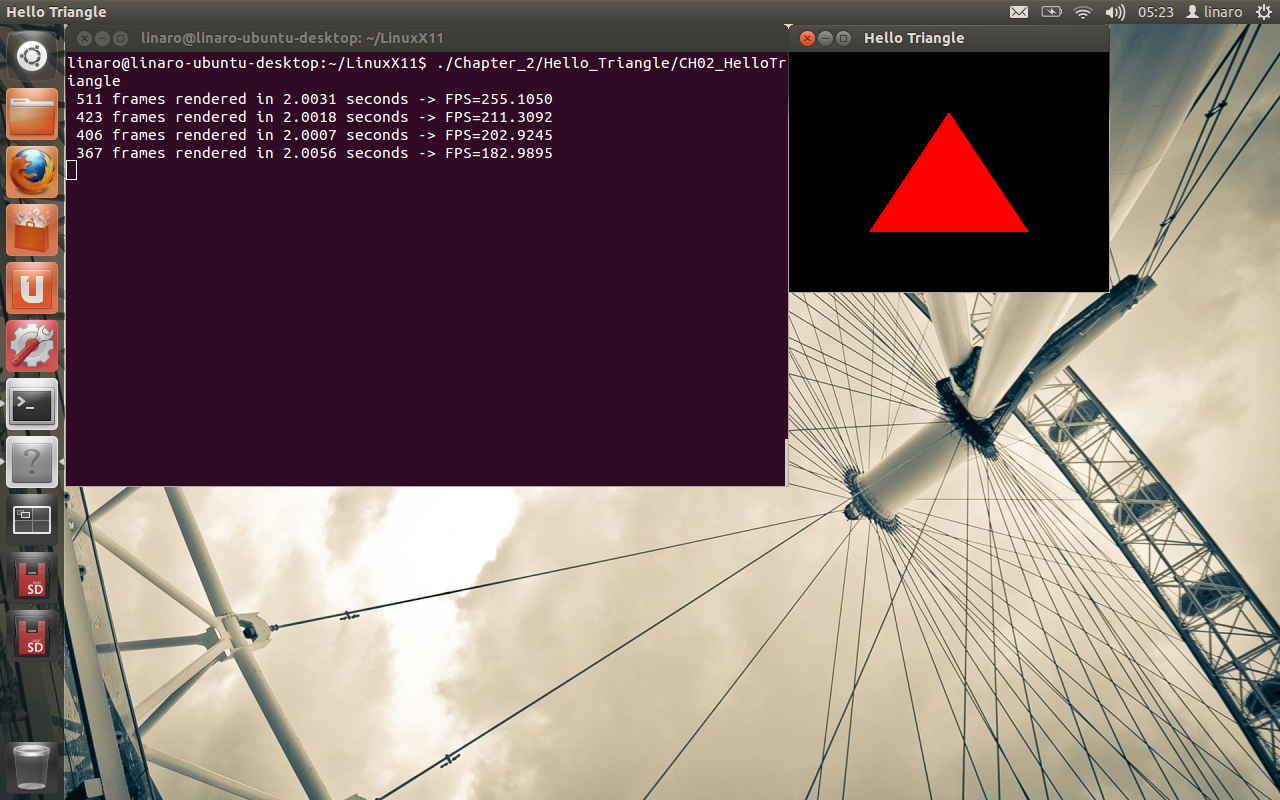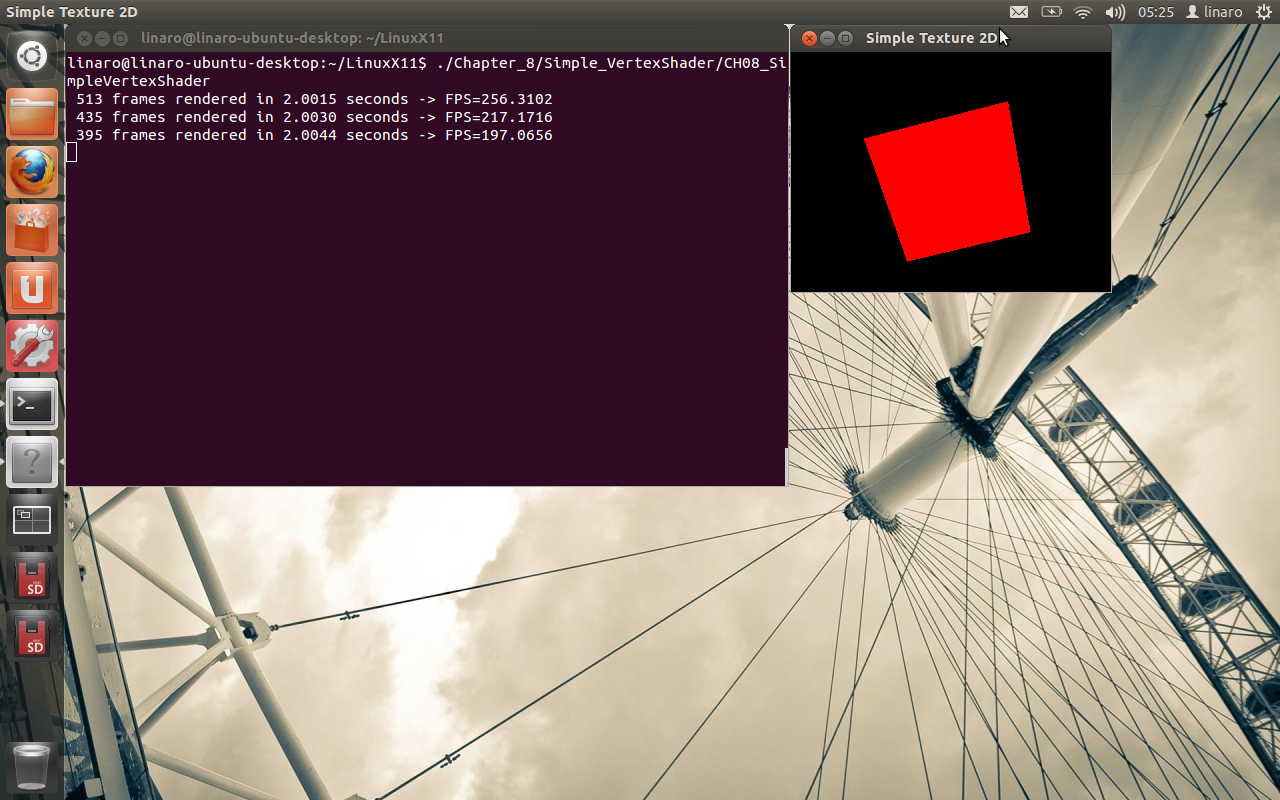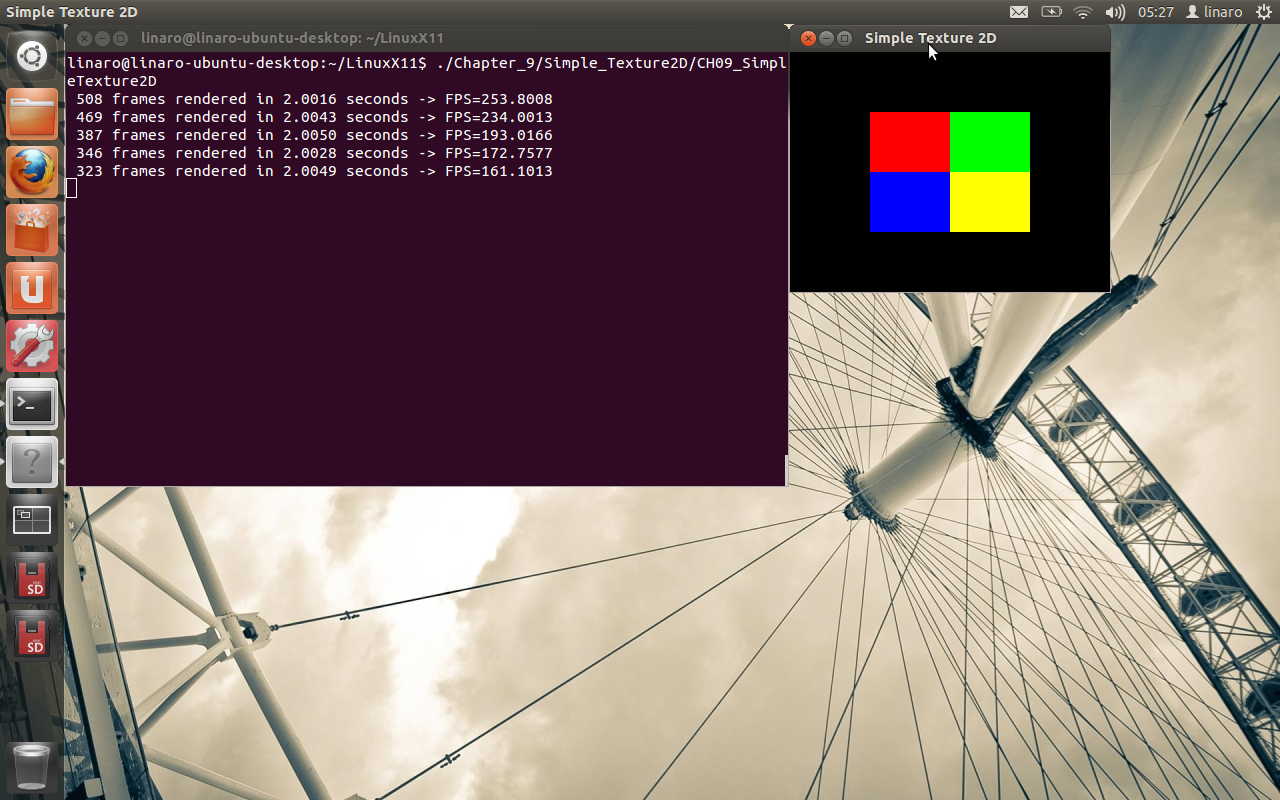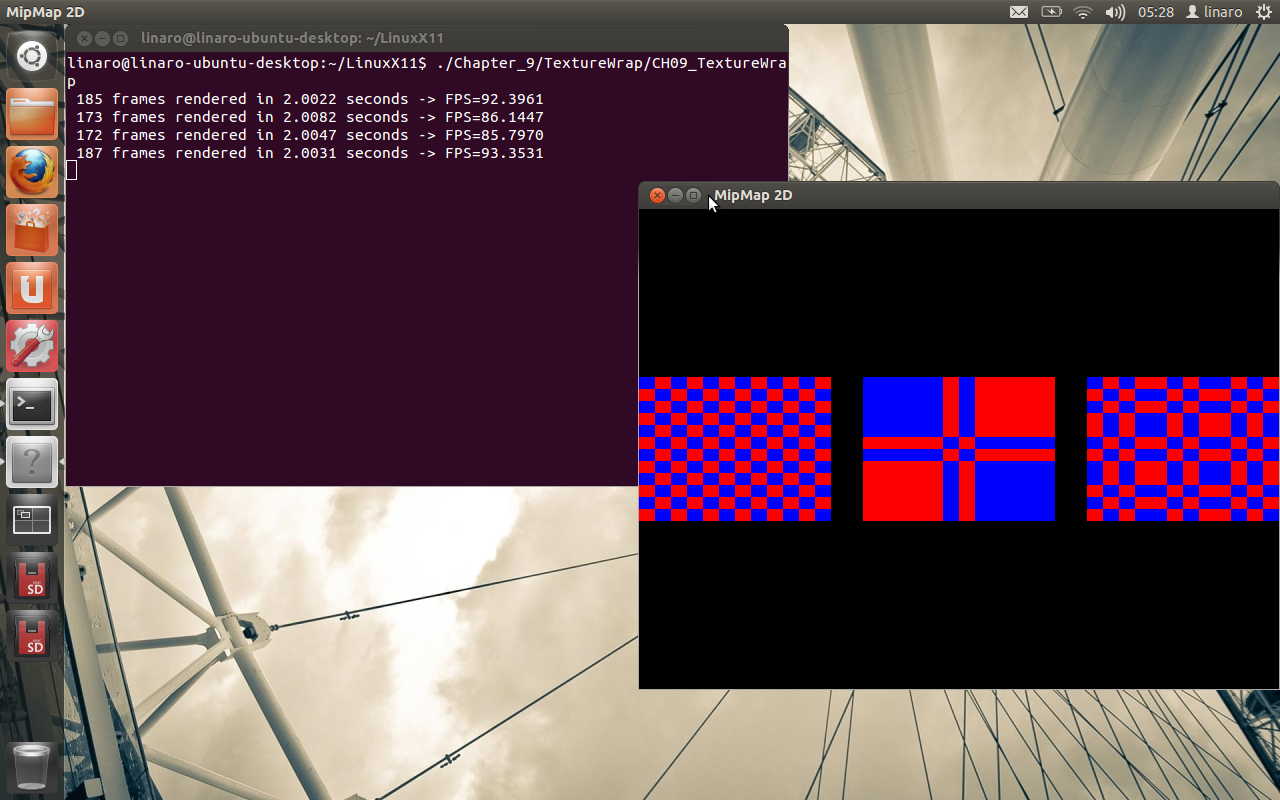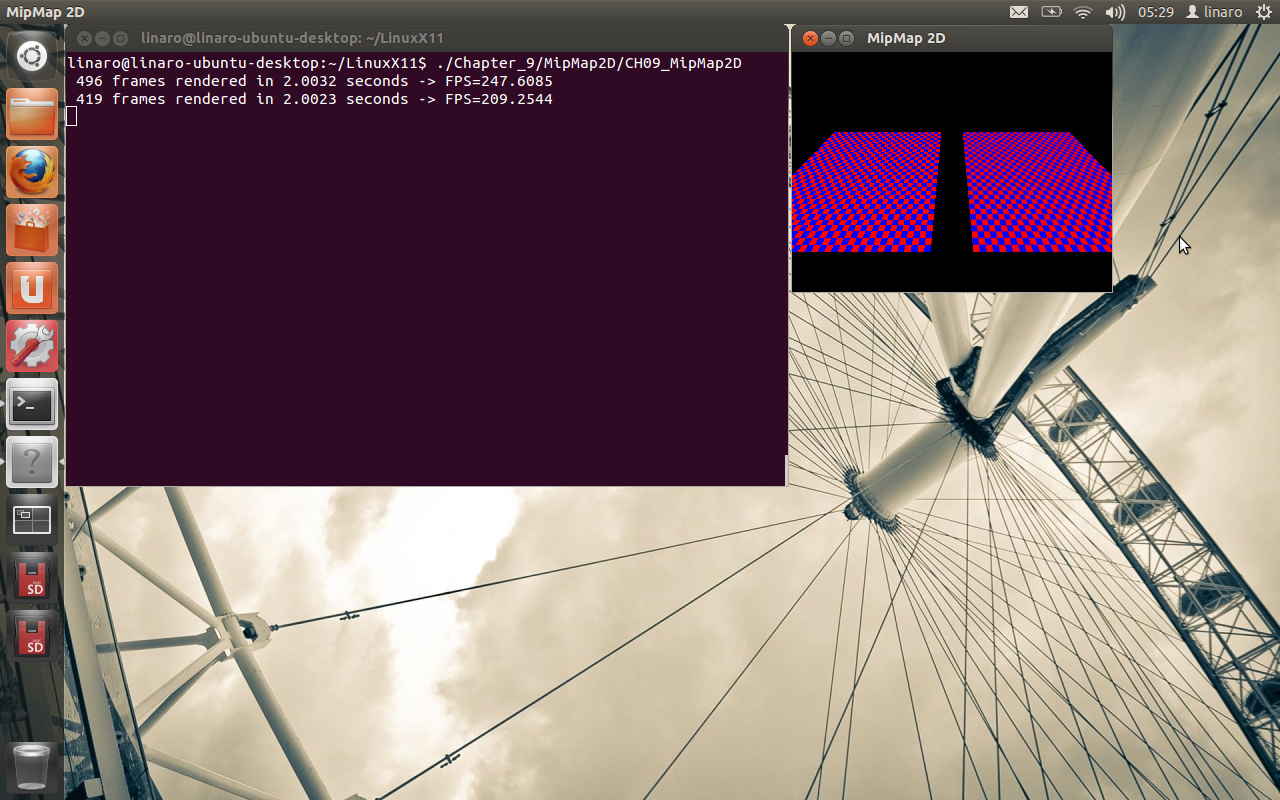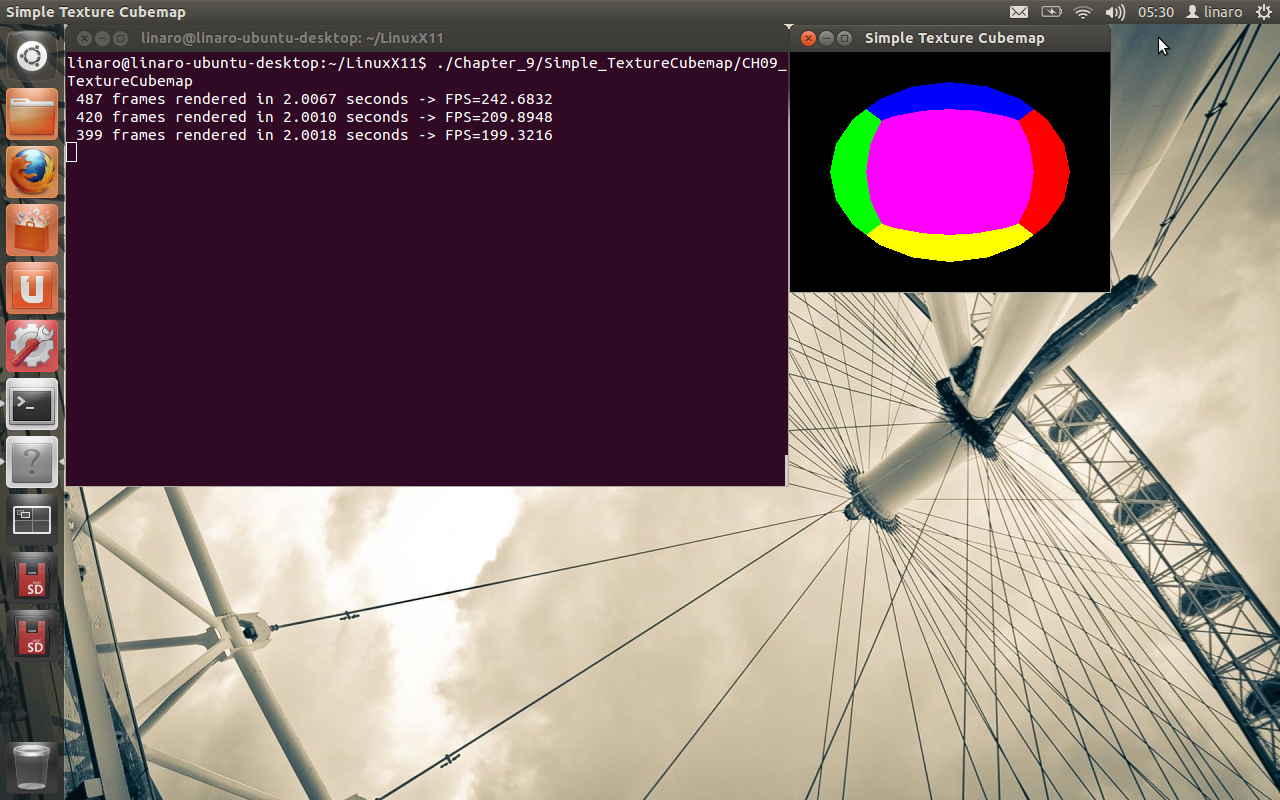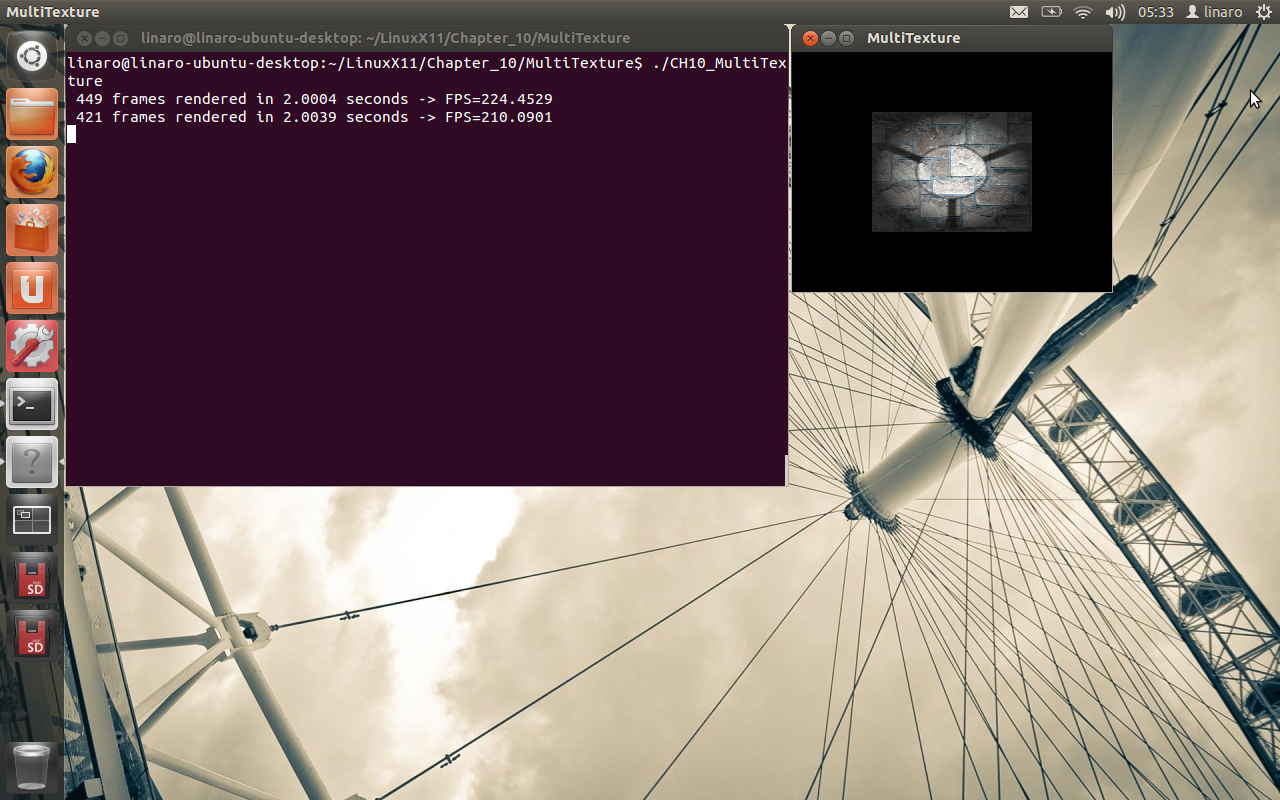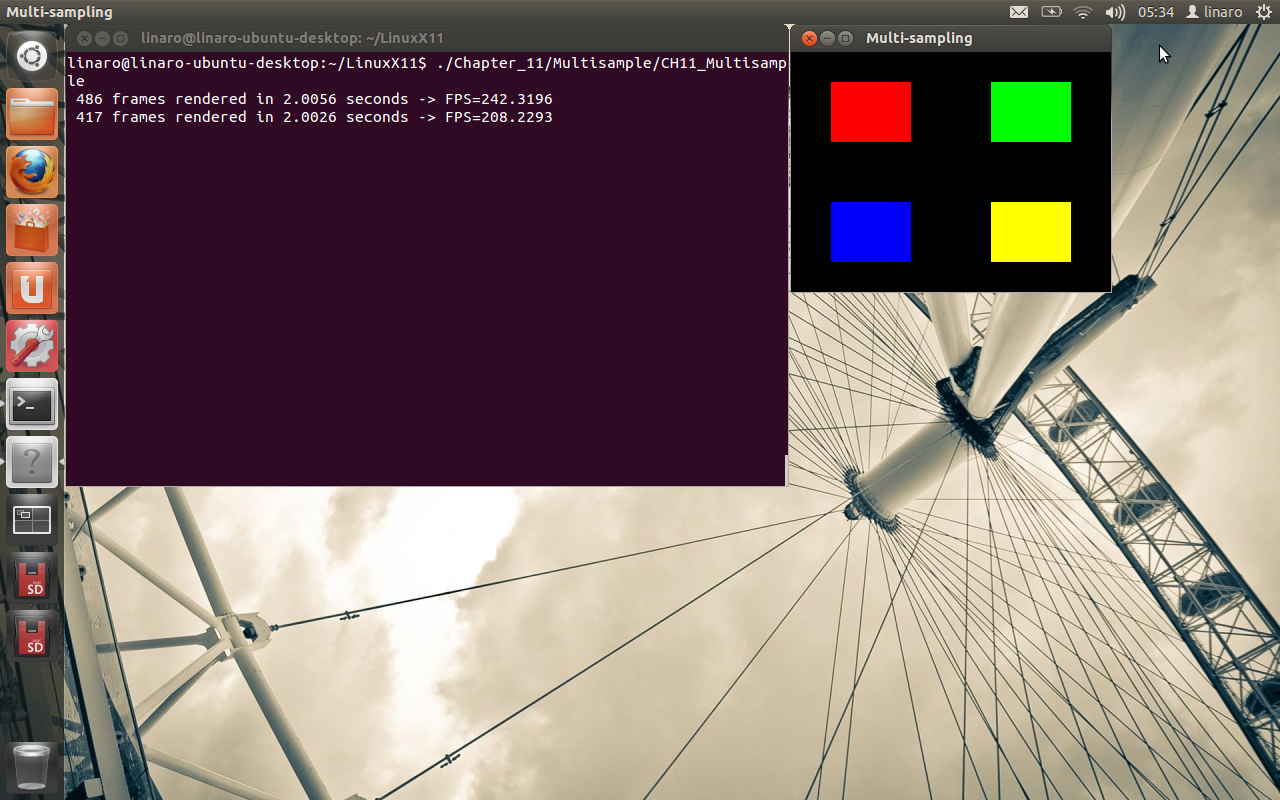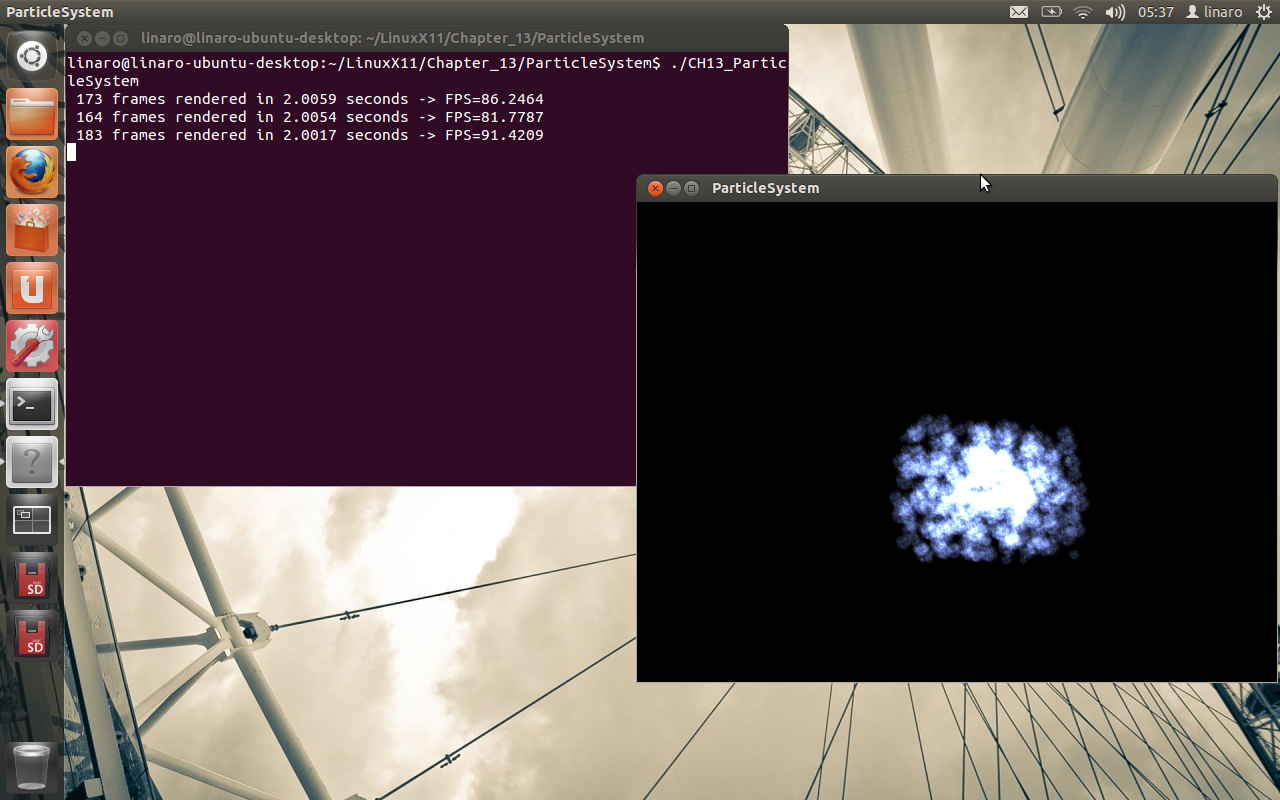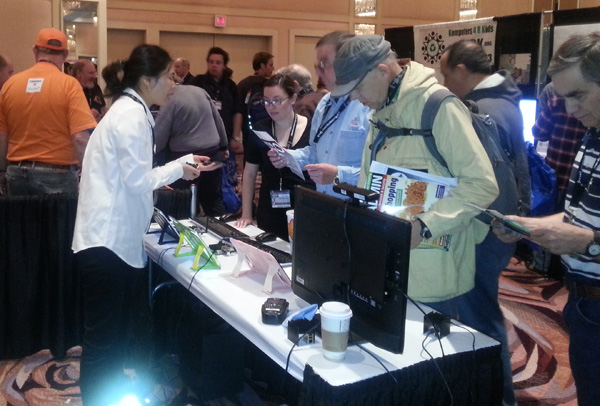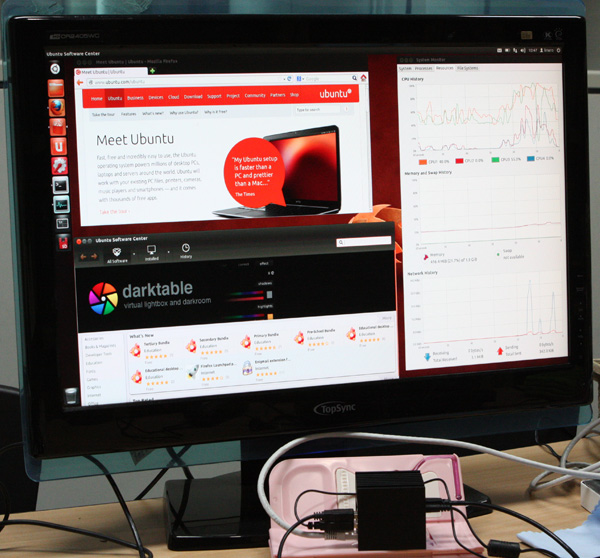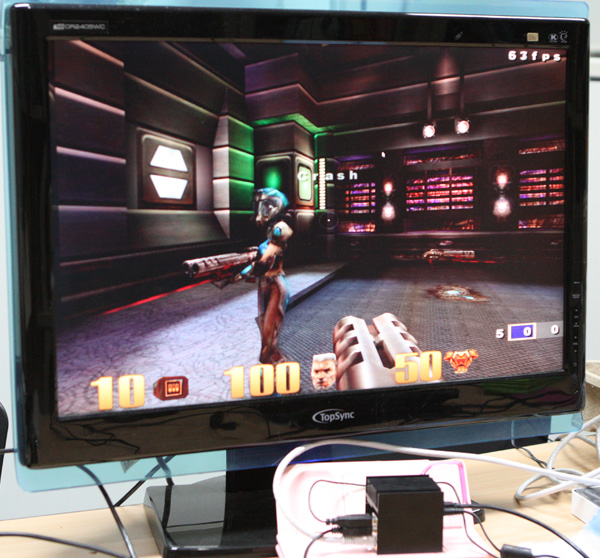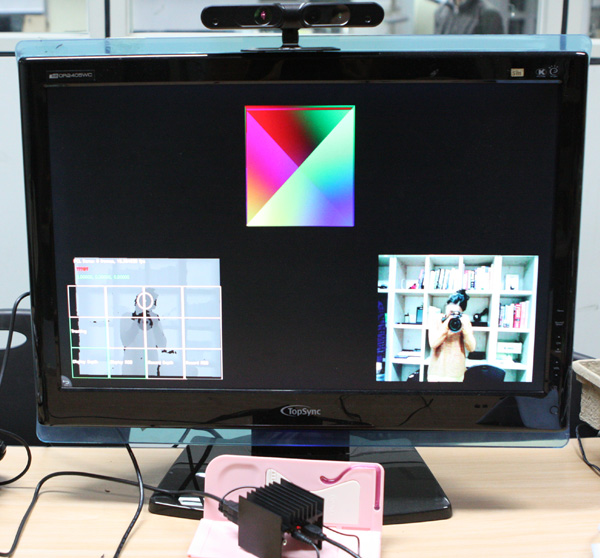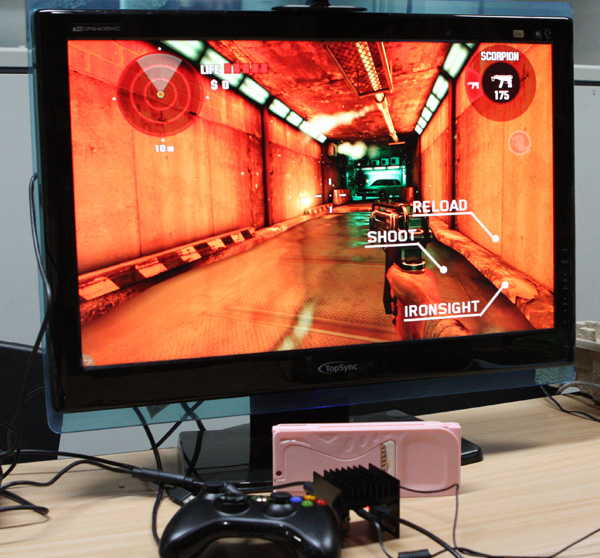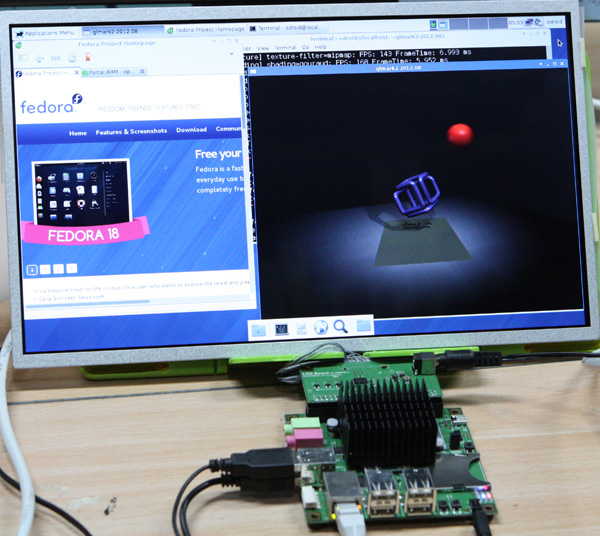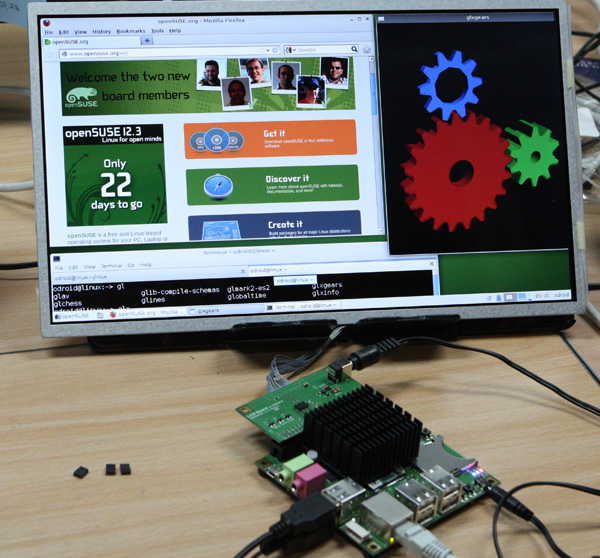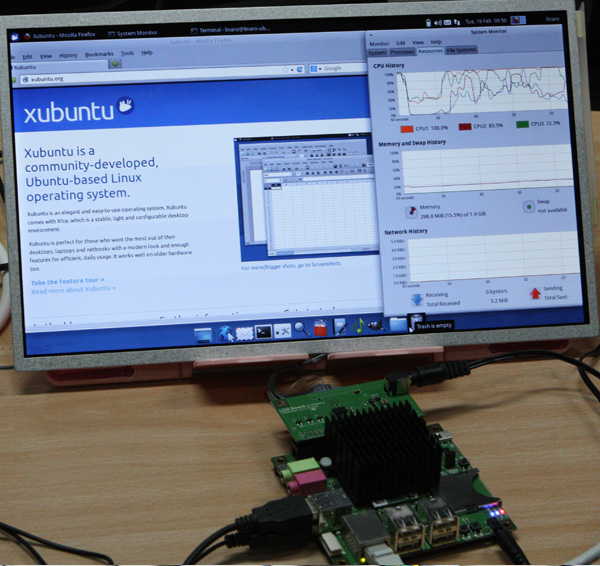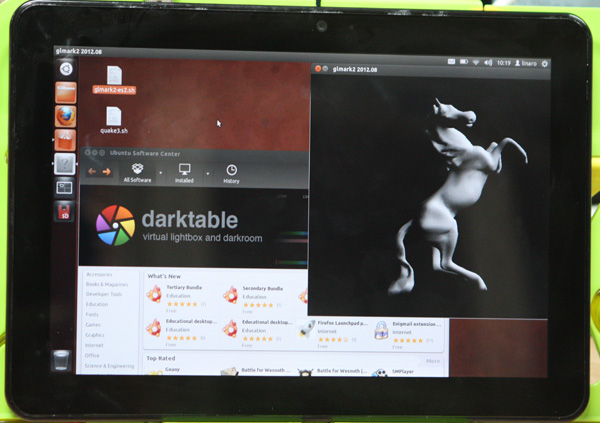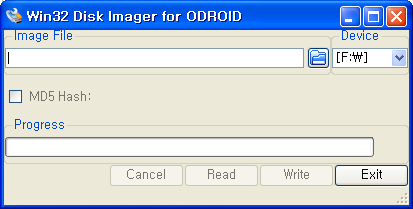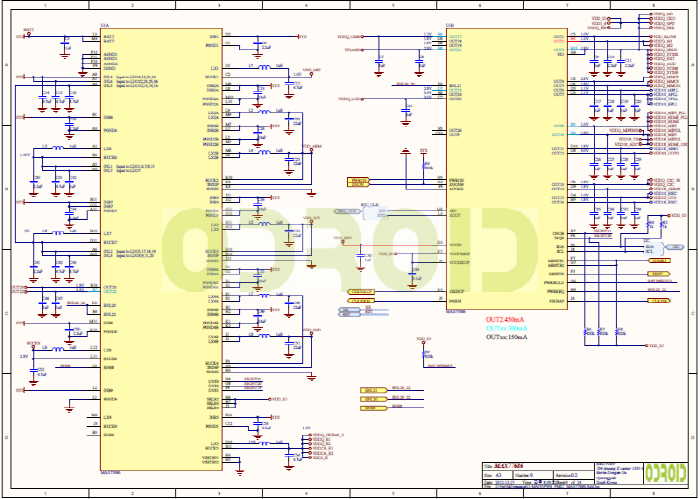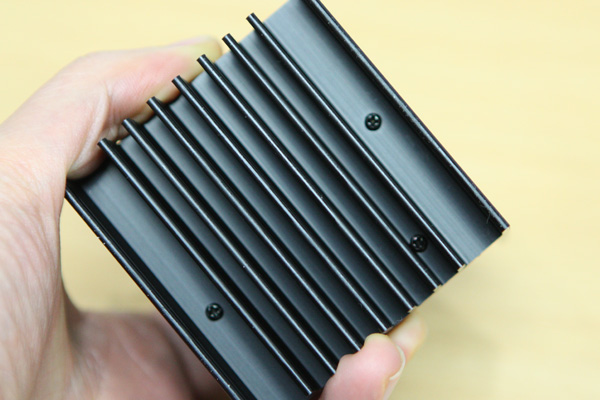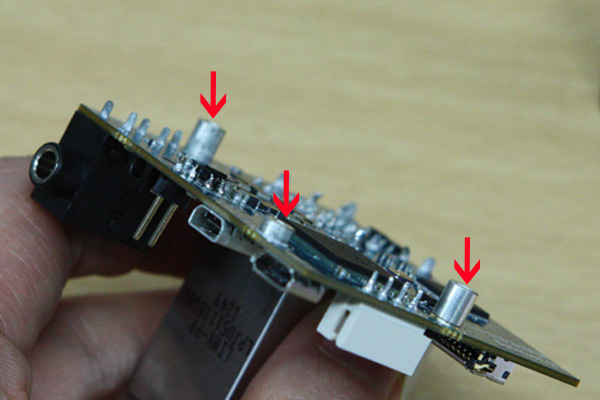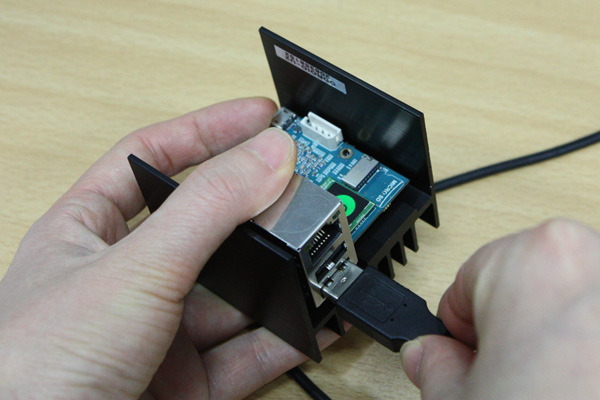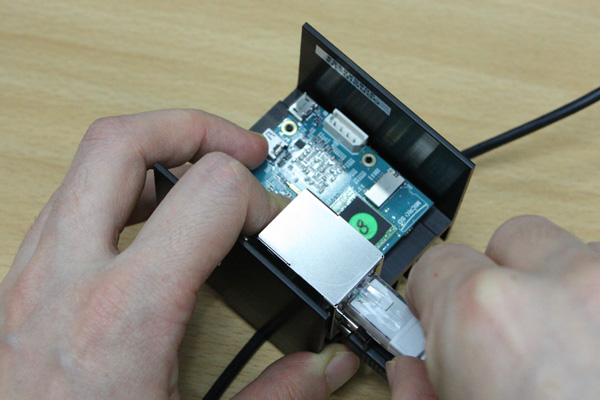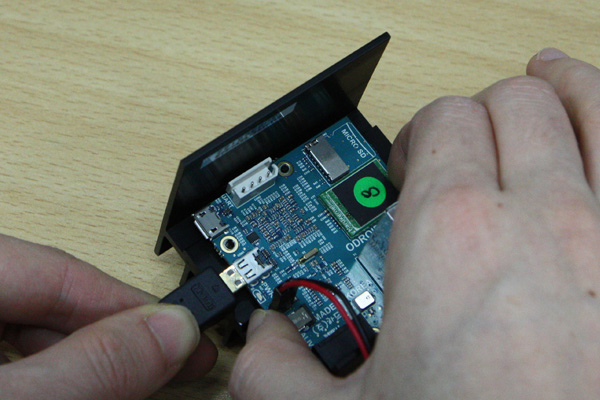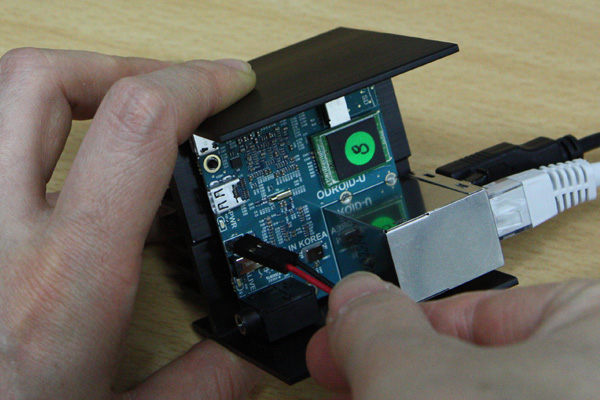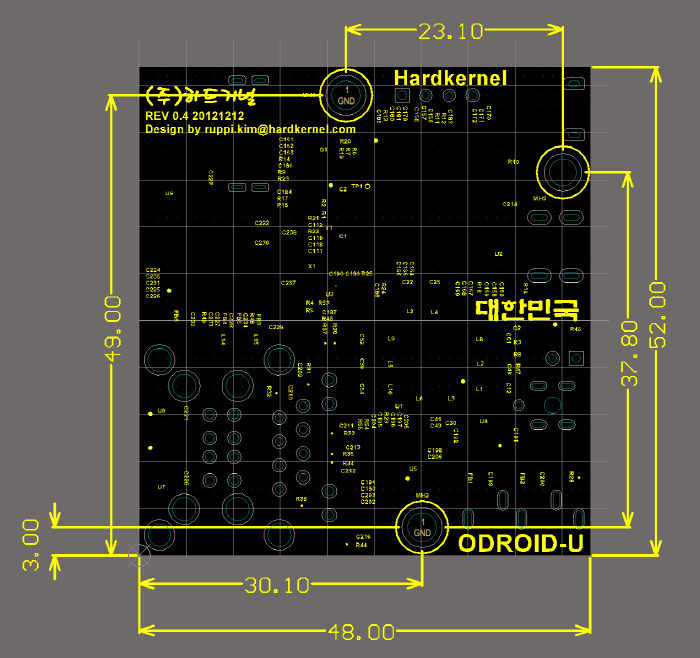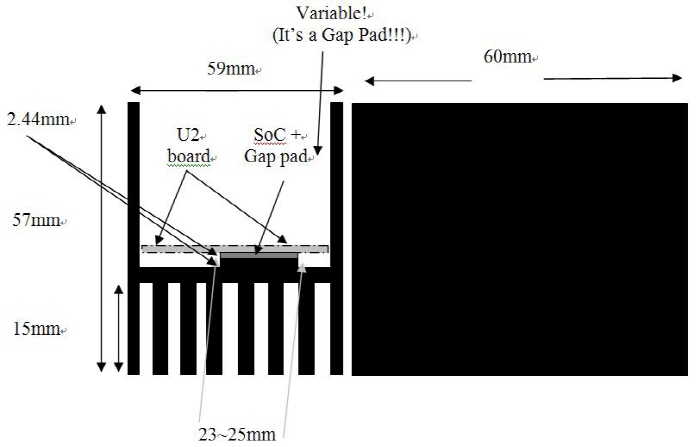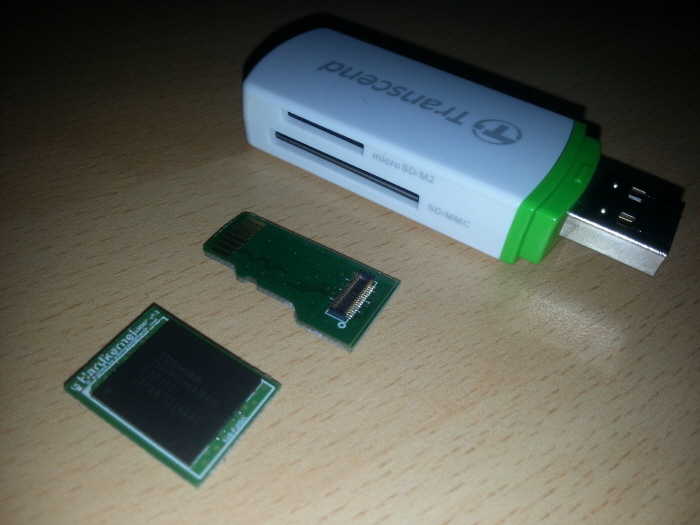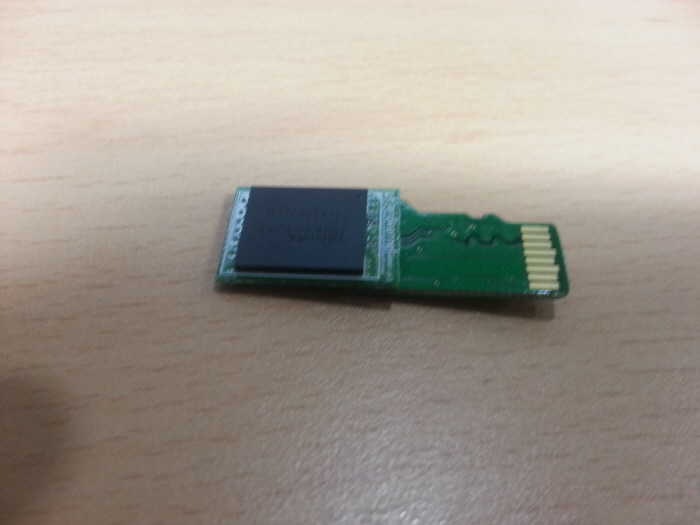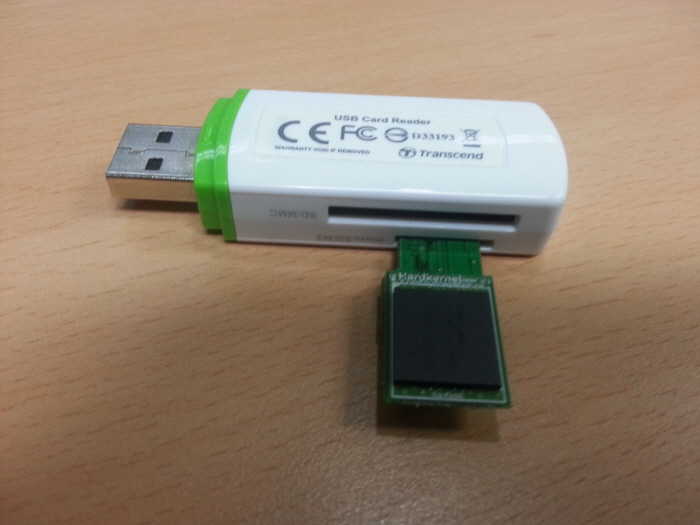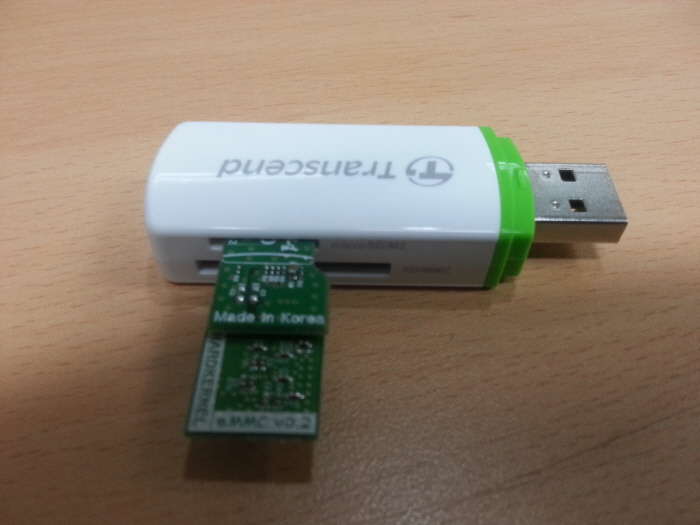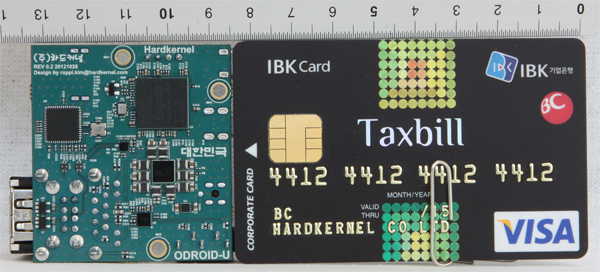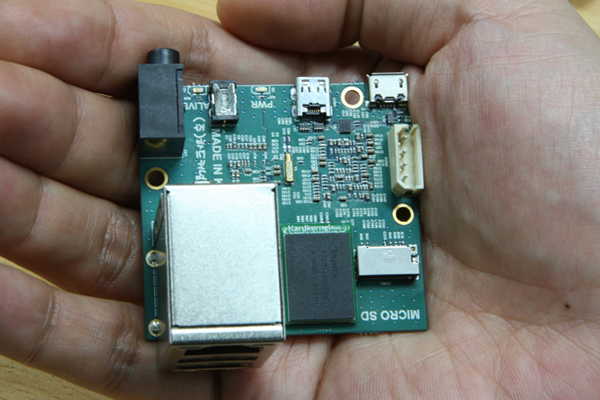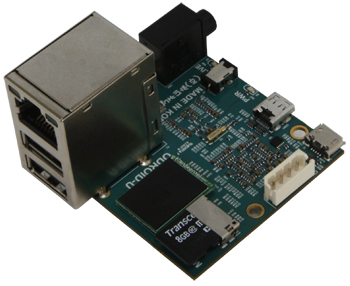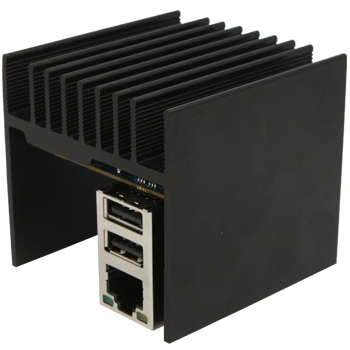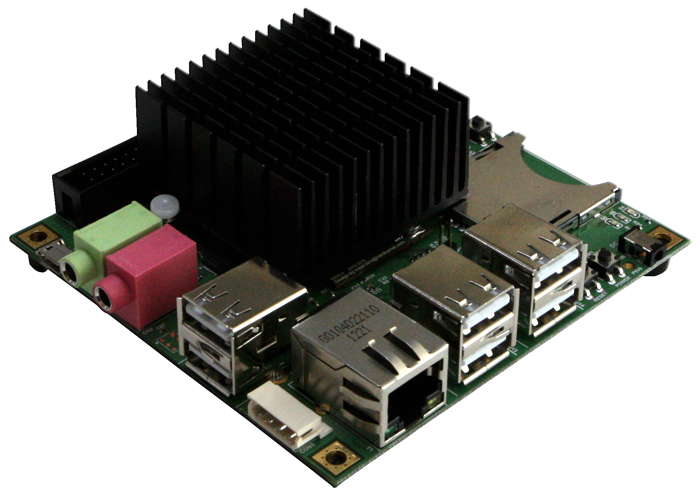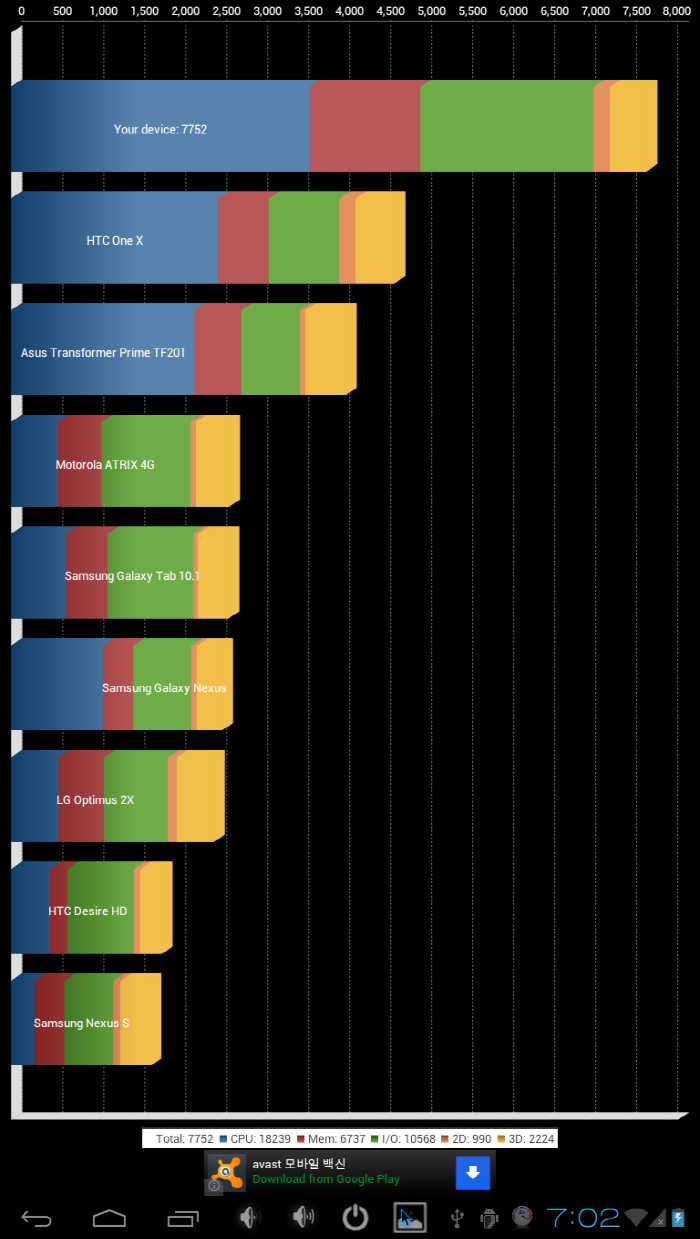We have 4 revisions of ODROID-X/X2 base board up to now.
Rev 0.1 2012.6.20
First trial. Only for internal test purpose. We didn’t sell this revision.
We must cut some signal lines and added wires to make it work.
ODROID-X DC Jack wass identical to LCD board DC Jack.
But ODROID-X needs 5Volt and LCD board needs 9Volt.
So we killed many boards with wrong power supply due to confusion.
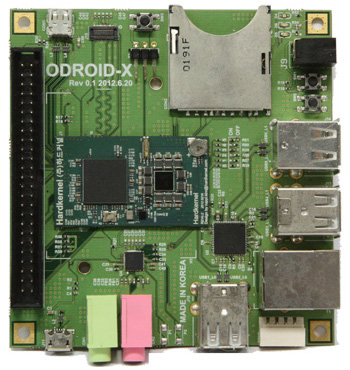
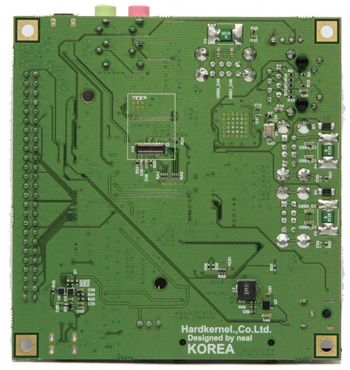
Rev 0.2 2012.7.04
Only for internal test purpose too. We didn’t sell this revision.
Changed DC Jack from 5.5mm to 2.1mm to prevent wrong plug/voltage.
Added more understanable texts on silk-screen printing.
Changed HDMI resolution setting jumper from 3pin to 2pin
Added SD/eMMC booting jumper instead resister soldering.
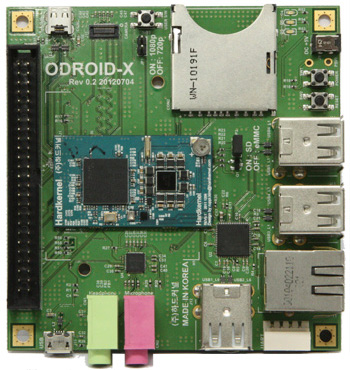
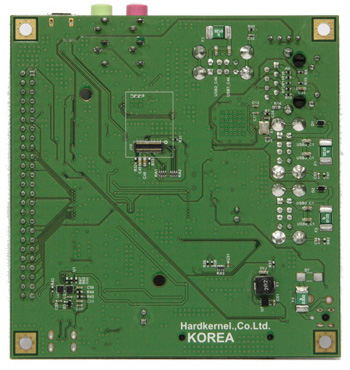
Rev 0.3 2012.7.13
This revision is used in the first mass production.
Slightly changed 5Volt input path.
Rubber foot added.
Heatsik added.
Shipped from end of July.
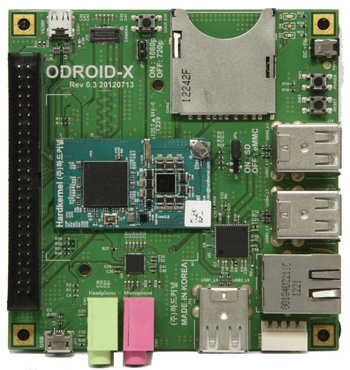
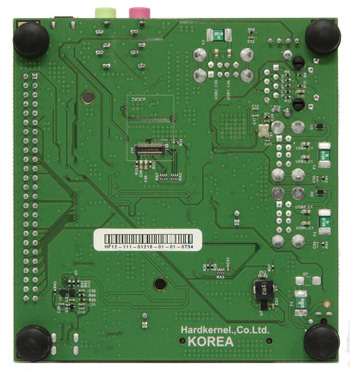
Rev 0.4 2012.8.08
3.3Volt Buck DCDC converter(U7) was changed from Ricoh RP505K331 to Torex XCL205B333.
This change was caused by market situation simply. There is no negative side effect.
We couldn’t purchase RP505K331 temporarily and we decided to replace it with XCL205B333 with minor modification of PCB.
Shipped from early September. Rev 0.3 and Rev 0.4 can be mixed for a while.
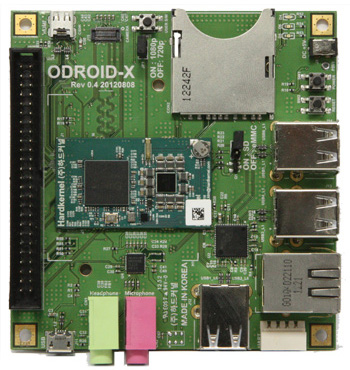
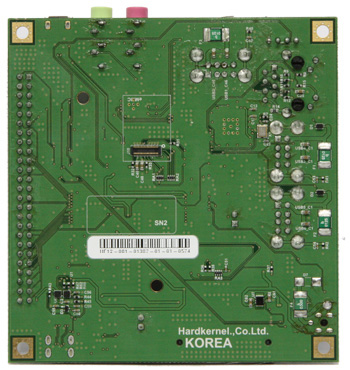
Download attached file which contains below schematics in PDF format.
– ODROID-X base board Rev 0.3
– ODROID-X base board Rev 0.4
– ODROID-X LCD board
– ODROID-X USB-UART board
– ODROID-X/Q eMMC board
Rev 0.5 2013.4.08
– Audio input circuit is modified for optimized mono-microphone input.
– Auto-power-on signal is hard-wired.
– HDMI reverse current blocking circuit is implemented.
– PCB silk change (ODROID-X to ODROID-X2+)
Shipped from early April 2013. Rev 0.5 and Rev 0.4 can be mixed for a while.
Rev 0.6 2014.4.18
http://dn.odroid.com/4412/Hardware/ODROID-X_BASE_Rev_06.pdf
– Added U1 AP2331 to completely block the HDMI leakage current.
Schematics of Exynos 4412 CPU Module will be available by email request to odroid@hardkernel.com with ODROID-X2 serial number which is printed on PCB. Please be noted that the serial number can be registered only once.
We do not have any plan to release schematics with other format at this moment.



